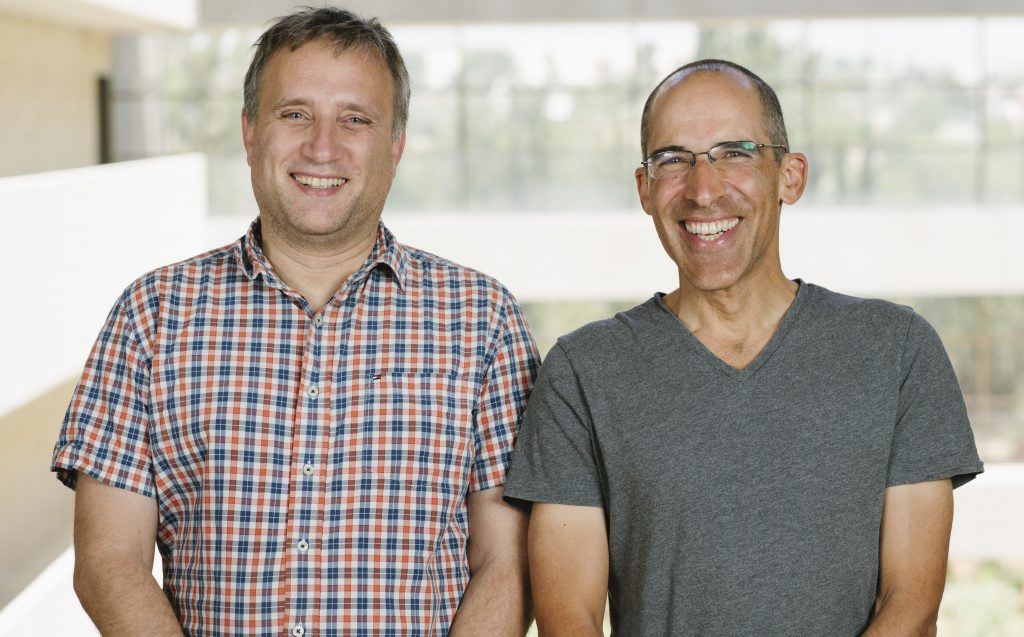
We gaze at a tree, then shift our gaze to look at a fly which flies away after a few seconds. How are these extended moments of subjective visual experiences represented in the brain?
Researchers from Hebrew University of Jerusalem, headed by Prof. Leon Deouell alongside researchers from UC Berkeley collaborated on a study aimed at understanding how persistent visual images are stored in the brain and how we become consciously aware of them. To explore this, they recorded electrical brain activity in epilepsy patients while presenting various images. The researchers sought to shed light on conditions like unilateral neglect, observed in stroke victims, where individuals lose conscious awareness of half of their visual field despite emotionally reacting to the entire scene.
Traditionally, brain studies have focused on the initial surge of activity that occurs when something is perceived, but the researchers were interested in the sustained response that follows. By implanting electrodes into the brains of 10 consenting patients undergoing epilepsy treatment, they were able to monitor neural activity for extended periods. Their findings indicated that visual areas of the brain retained information about perceived stimuli at a low level of activity for a significant duration, providing a potential neural basis for stable perception over time. They also noted that the frontal cortex is involved in detecting novel stimuli, while the sustained activity in the visual cortex may play a crucial role in conscious awareness. Further research in this area could help unravel the mysteries of consciousness and its related disorders, potentially leading to practical applications in medicine and cognitive neuroscience.
The full study, published in Cell Reports, is available here.





